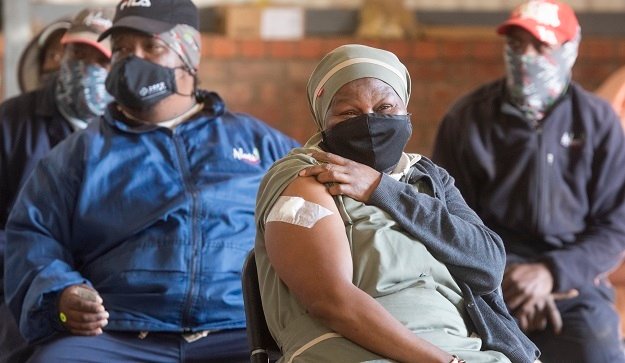Monkey pox understandably receives a lot of attention. But it could be more a symptom than a cause.
The US Centres for Disease Control and Prevention (CDC) reported that, in 2020, sexually transmitted diseases (STDs) remained at all-time high levels. Gonorrhoea cases were up 45% from 2016. Syphilis cases were up 52%. And so on. These include large increases among young adults and adolescents.
While analysts aren’t sure of the reasons for the increase in these illnesses, they assume more risky behaviour, including not using condoms and increased frequency of anal sex among younger people.
This is not really a surprise. In most of the country, a majority of high schools and more than 80%t of middle schools aren’t meeting CDC standards for sexual health education. Instead, many adolescents receive their sex education from easily accessible online pornography, where unprotected and risky behaviour is the norm.
Kenya also has a crisis involving an illness often transmitted through sexual activity. This illness is far worse than the STDs on the rise in the US.
Kenya has the fourth largest HIV/AIDS epidemic in the world. In 2017, 1.5 million Kenyans were living with HIV. 28,000 Kenyans died of AIDS-related illnesses.
But Kenya has made significant strides in prevention. New infections have fallen dramatically and those who have contracted the virus are living with it with the help of medication. In 2016, 64% of people living with HIV in Kenya were accessing treatment.
However, treatment coverage among adolescents is much lower at approximately 24%.Reaching adolescents, especially girls, with both prevention and treatment is a major challenge if Kenya is to finally get a grip on HIV/AIDS.
One promising approach are school health clubs. Run by female students with the assistance of trained practitioners, these clubs allow those at risk to interact with peers in a supportive and ongoing setting. Topics discussed in clubs include basic sexuality, HIV/AIDS and other sexually transmitted infections, unwanted pregnancies, gender issues and consent. The clubs also offer services for early detection of HIV/AIDS and cervical cancer.
These school health clubs have proven effective in reducing HIV/AIDS infection among adolescent girls. As important, they are an important means by which girls can share their experiences and learn healthy relationship skills based on assumptions of equality. This type of learning is not only important for health. It’s also essential so girls and women can perform and reach their potential in school, work and careers.
Are something like Kenya’s female-led school health clubs one way in which the US can address monkey pox and other STD rates?









